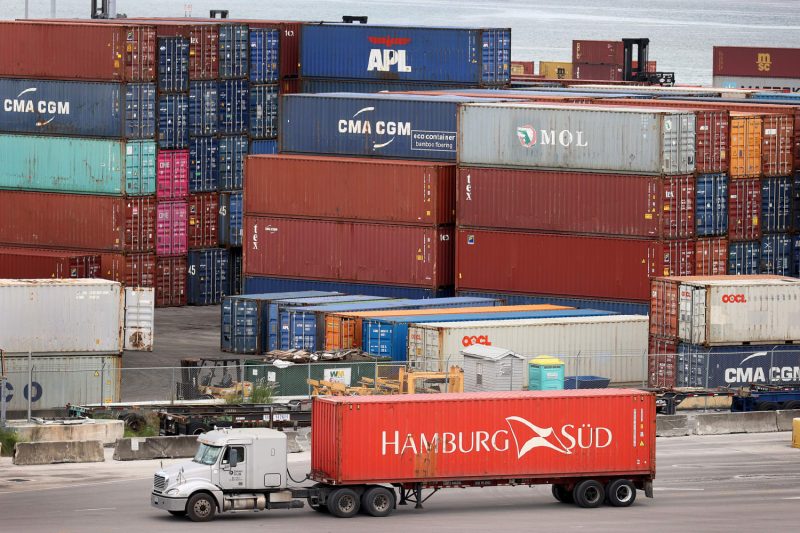
East Coast Dockworkers’ Strike Sparks Retailers’ Race to Move Billions in Cargo
Retailers Scramble to Move Billions in Cargo as East Coast Dockworkers Prepare to Strike
The looming threat of a strike by East Coast dockworkers has sent shockwaves through the retail industry as companies scramble to move billions of dollars’ worth of cargo before potential disruptions can occur. With negotiations stalling between the International Longshoremen’s Association (ILA) and the U.S. Maritime Alliance (USMX), retailers are bracing for the impact of a potential work stoppage that could cripple supply chains and disrupt the flow of goods to consumers.
The ILA represents over 65,000 dockworkers on the East and Gulf Coasts, playing a crucial role in the movement of goods into and out of some of the nation’s busiest ports. Their pending strike threat has created a sense of urgency among retailers who rely on timely shipments to stock their shelves and fulfill customer orders. The implications of a prolonged strike could be far-reaching, affecting everything from holiday shopping to the availability of essential goods.
In response to the threat of a strike, retailers are taking proactive measures to mitigate the potential impact on their operations. Some companies are rerouting shipments to West Coast ports or accelerating delivery schedules to get ahead of any potential disruptions. Others are stockpiling inventory or exploring alternative transportation options such as air freight to ensure that goods reach their destinations on time.
The timing of the potential strike couldn’t be worse for retailers already facing supply chain challenges exacerbated by the ongoing pandemic. The surge in consumer demand, coupled with labor shortages and port congestion, has put additional strain on an already fragile system. A dockworker strike would only amplify these issues, leading to delays, increased costs, and potential product shortages.
While negotiations between the ILA and USMX continue, retailers are left with little choice but to prepare for the worst-case scenario. The prospect of a strike is a stark reminder of the vulnerabilities in our interconnected global supply chain and the importance of effective labor-management relations in keeping goods flowing smoothly. As retailers navigate these uncertain waters, agility, collaboration, and contingency planning will be key to weathering the storm and minimizing the impact on both businesses and consumers.
